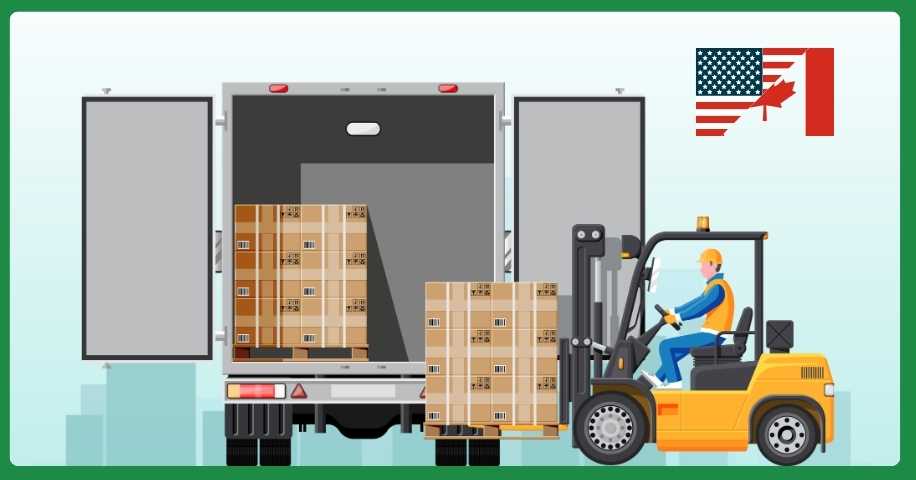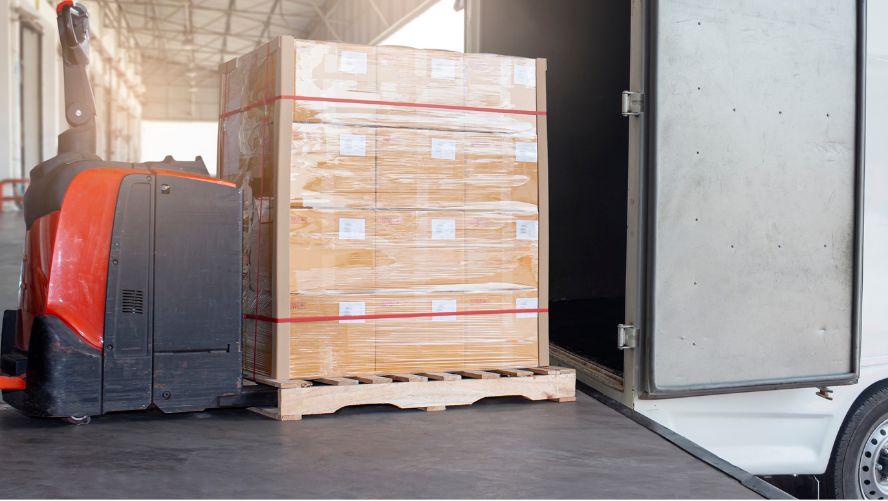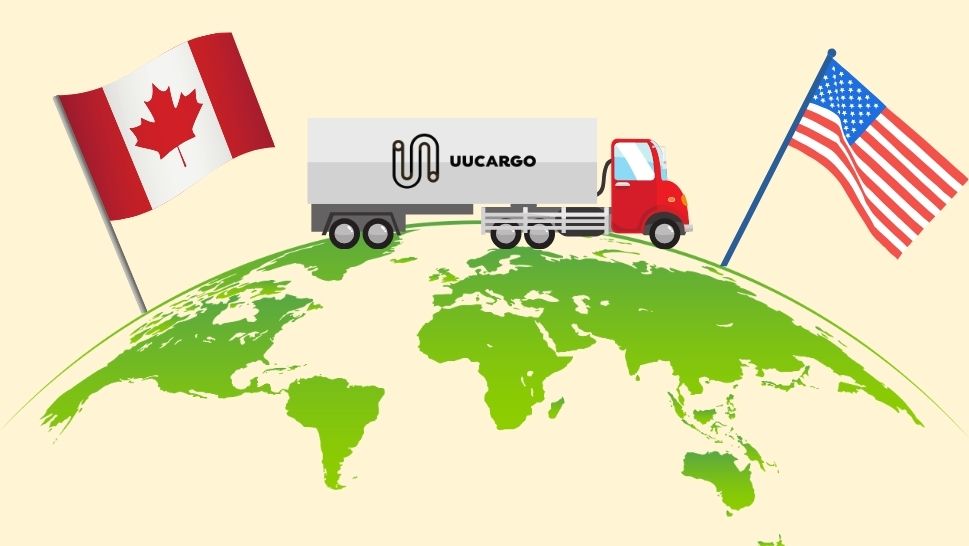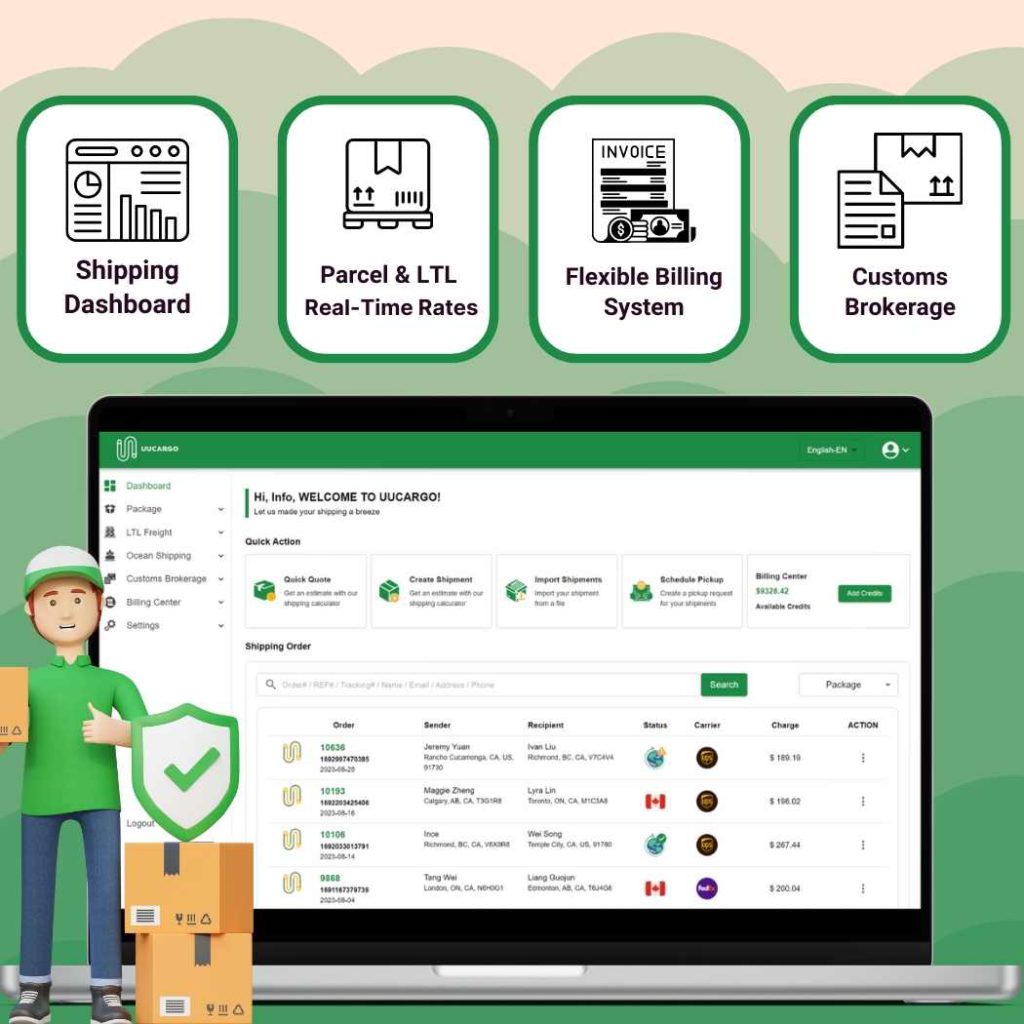Table of Contents
One critical decision shippers face is choosing between LTL (Less than Truckload), PTL (Partial Truckload), and FTL (Full Truckload) shipping methods. Each option has its unique advantages and is suited for different business models and shipment sizes. In this post, we’ll guide you through these shipping methods, helping you make an informed decision for your business.
What is LTL Shipping?
LTL shipping is a method where you share trailer space with other shippers. Key aspects of LTL include Pickup & Delivery (P&D) and linehaul, meaning your freight will experience multiple handling stages from origin to destination. Ideal for smaller freight, LTL is charged based on NMFC freight classification, factoring in weight and space occupied. It’s a cost-effective solution for businesses that don’t need a full trailer but require flexibility in shipment frequency.
Is LTL Shipping Right for Your Business?
LTL is perfect for eCommerce businesses or those with small to midsize shipment volumes, typically less than 4 pallets. Its benefits include reduced costs due to shared trailer space, flexibility in shipping schedules, and eco-friendly utilization of space. However, it does have drawbacks like increased delivery time and potential for product damage due to frequent handling.

What is FTL Shipping?
Full Truckload (FTL) shipping is a logistics solution where a single shipment occupies the entire space, or a significant portion, of a semi-trailer. This method is distinct from Partial Truckload (PTL) and Less than Truckload (LTL) shipping, as it is exclusively reserved for large, bulk shipments or high-priority cargo that requires dedicated transport.
Key Characteristics of FTL Shipping:
Exclusive Use of Trailer: FTL shipping allows shippers to use the entire trailer space for their goods. This exclusivity is particularly beneficial for large shipments that either fill or nearly fill the entire truck.
Direct Routes: Unlike LTL that often involves multiple stops to pick up or deliver other shipments, FTL offers a direct route from the pickup point to the destination. This minimizes handling and transit times, making FTL a faster option.
Ideal for Large Shipments: FTL is typically used for transporting goods in large quantities, heavy equipment, or oversized items that require the space of an entire trailer. Shipments are often over 10,000 pounds or require more than half the space of a standard trailer.
Enhanced Security and Reduced Risk: With fewer stops and less handling, FTL shipments have a lower risk of damage or loss. This makes FTL ideal for high-value cargo, sensitive equipment, or fragile items that need extra protection.
Customization and Flexibility: FTL shipping offers more flexibility in terms of scheduling and routing. Shippers can customize the delivery schedules and routes according to their specific requirements.
Cost-Effectiveness for Large Shipments: While FTL can be more expensive than other shipping methods for smaller shipments, it becomes cost-effective for larger loads as the entire cost of the truck is distributed over a large volume of goods.
When to Choose FTL Shipping
FTL is best for large single loads or regular large shipments that can fill a whole trailer. It’s the fastest and most secure option, ideal if you need to send products quickly, are concerned about security or product damage, and have 20 or more pallets of freight. The primary drawback is the cost, especially if the entire trailer space is not utilized.
What is PTL Shipping
Partial Truckload (PTL) shipping offers a middle ground between Less than Truckload (LTL) and Full Truckload (FTL) options, presenting a cost-effective and efficient solution for certain types of freight. While not as commonly used as LTL or FTL due to its more specific requirements, PTL shipping can be highly advantageous when it aligns with your shipping needs.
PTL shipping typically caters to shipments that weigh between 10,000 and 40,000 pounds. The specific weight requirements for PTL might vary depending on the carrier and the regional logistics norms. This weight range makes PTL ideal for shipments that are too large for LTL but not large enough to necessitate the exclusive use of an entire truck, as in FTL.
When to Opt for PTL Shipping
Find the Cheapest Rates
Understanding the Differences: PTL vs. Other Shipping Types
When it comes to choosing the right shipping method for your freight, understanding how each option differs is key to making an informed decision. Let’s break down how Partial Truckload (PTL) shipping compares with other methods, particularly Less-Than-Truckload (LTL) shipping, so you can identify the best choice for your specific needs.
PTL vs. LTL Shipping
PTL Characteristics:
- PTL is ideal for freight weighing between 10,000 and 40,000 pounds.
- It typically requires a minimum threshold in terms of weight or volume to be cost-effective, which may pose a challenge for smaller businesses.
- PTL shipments are consolidated at a center before being loaded onto a truck for direct transport to the destination, resulting in fewer stops or transfers and shorter transit times.
LTL Characteristics:
- LTL accommodates smaller shipments ranging from 150 to 20,000 pounds, providing greater flexibility.
- Shipments occupy less than half of a trailer’s capacity and are often combined with other loads, either from the same company or different companies traveling along the same route.
- Pricing for LTL varies and is influenced by factors like weight, distance, freight classification, accessorials, and market conditions.
- LTL involves more consolidation points where cargo is unloaded, reorganized, and reloaded, which can heighten the risk of damage or loss and extend transit times.
Choosing Between PTL and LTL
For many businesses, LTL shipping emerges as a popular choice due to its cost efficiency, flexibility, and widespread availability among freight carriers. However, the decision ultimately hinges on the specific requirements of your shipment, including its size, weight, and how quickly you need it delivered.
Incorporating the right shipping method into your logistics strategy is crucial for optimizing costs and ensuring timely deliveries. Whether you opt for PTL or LTL, UUCargo is here to help you navigate these choices, providing access to a range of shipping options suited to your unique business needs.




